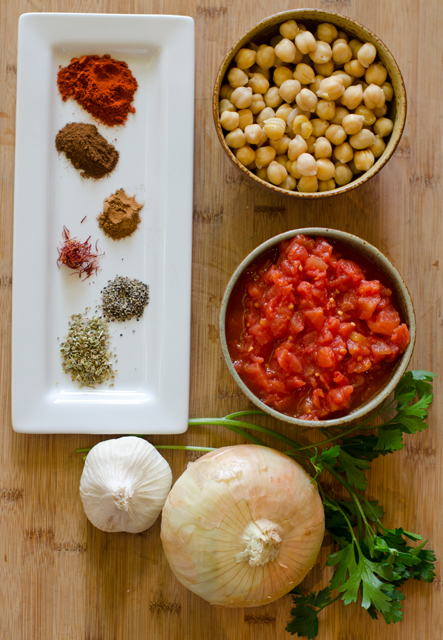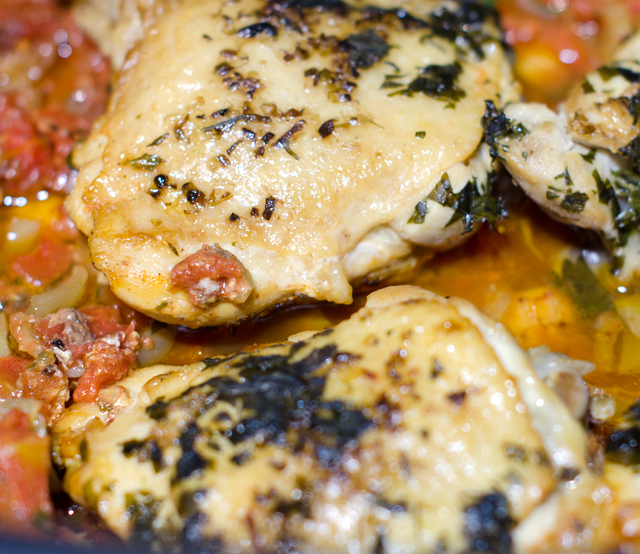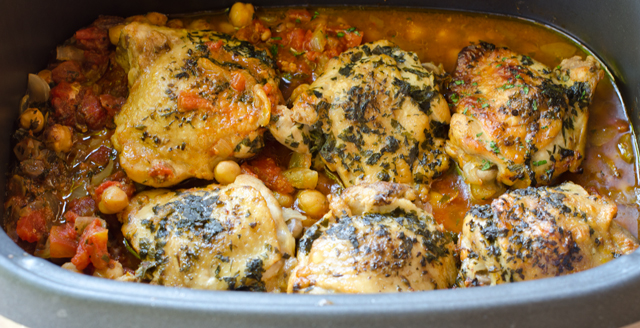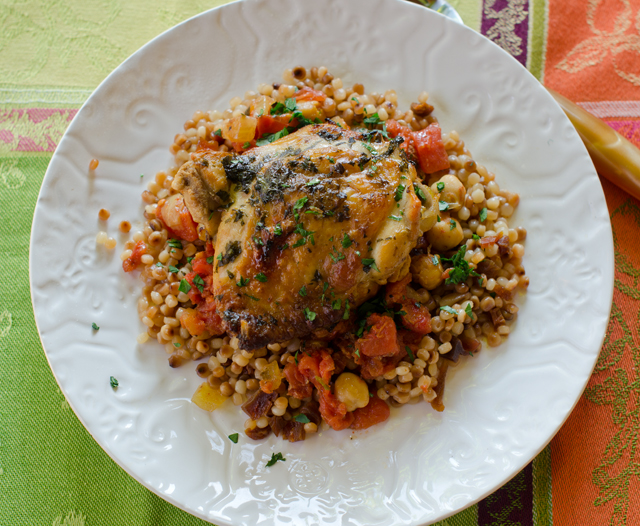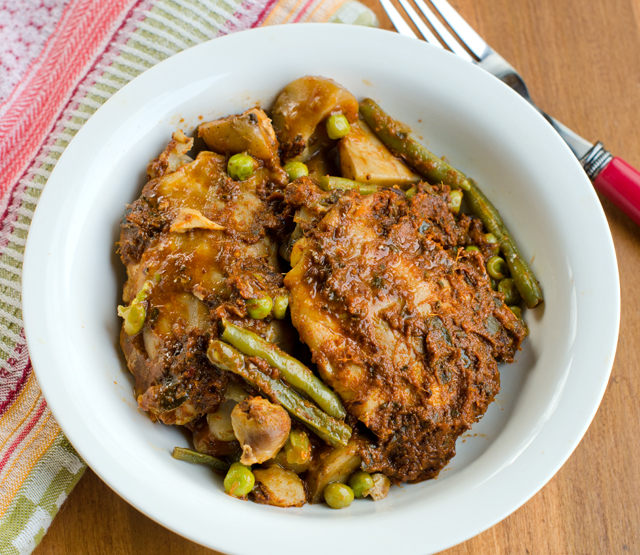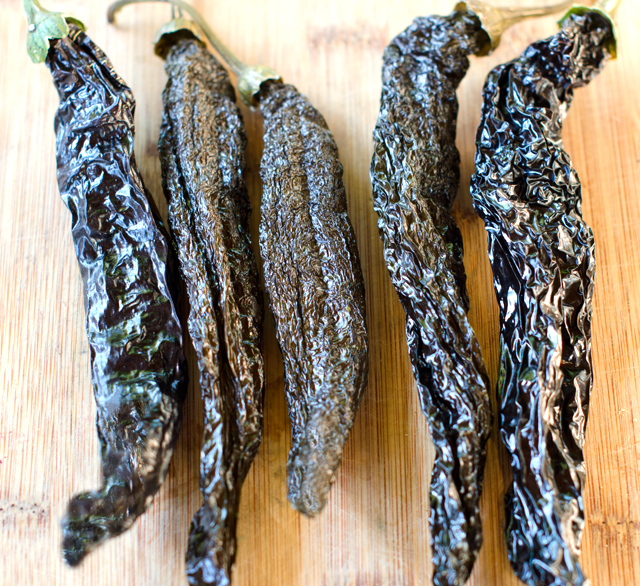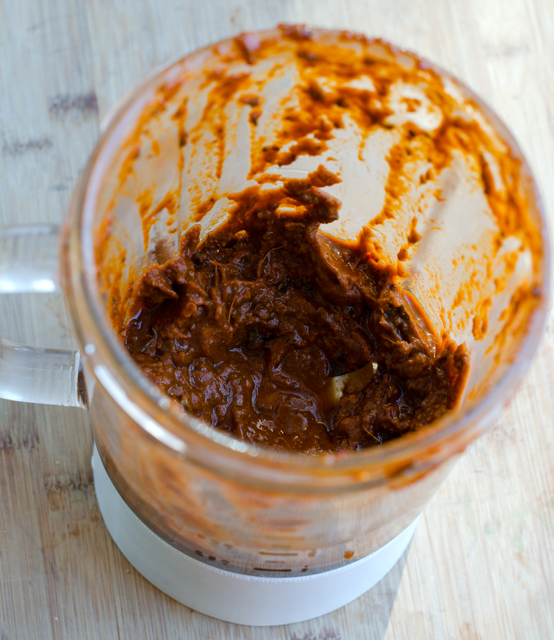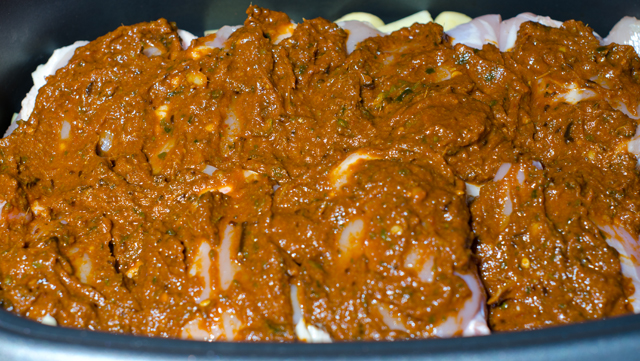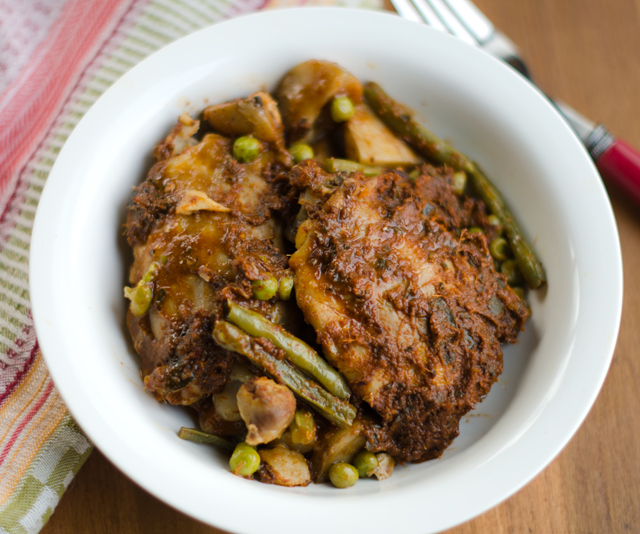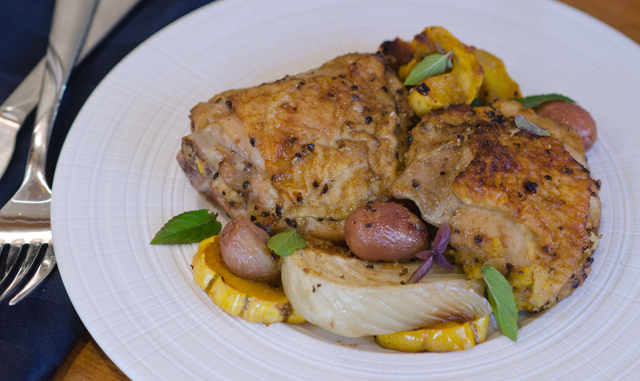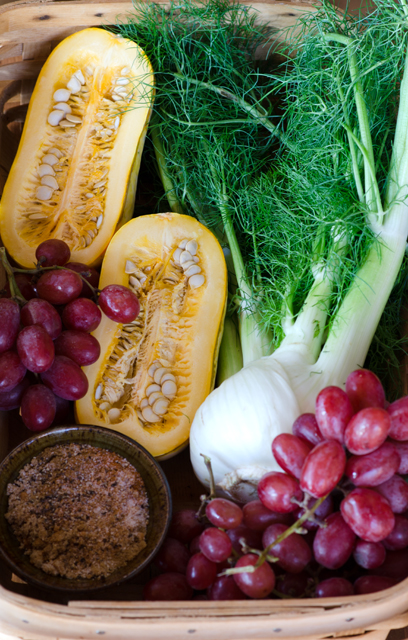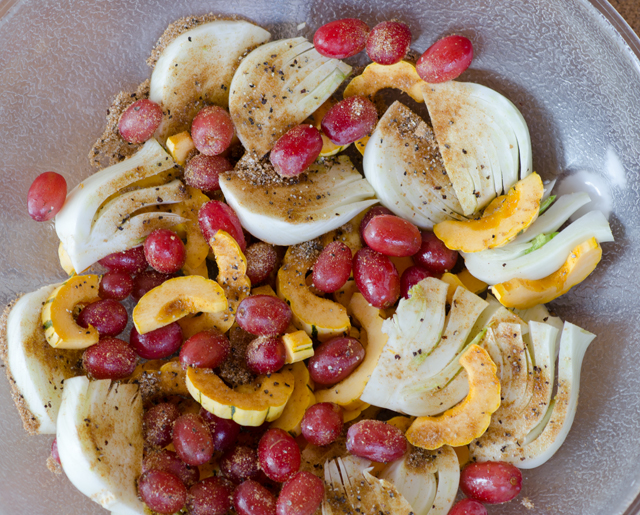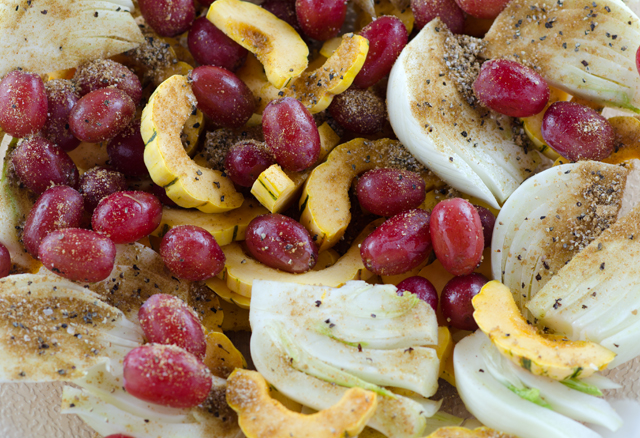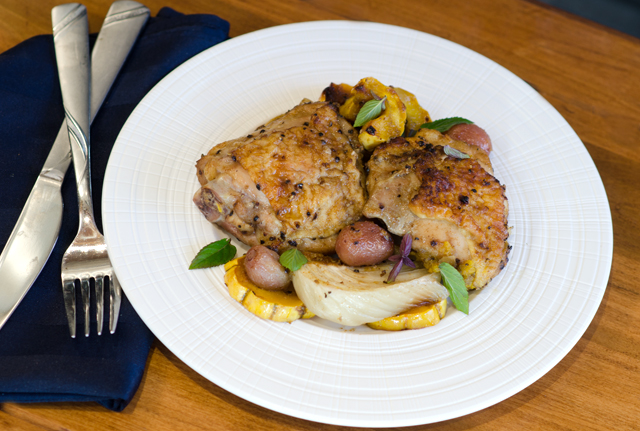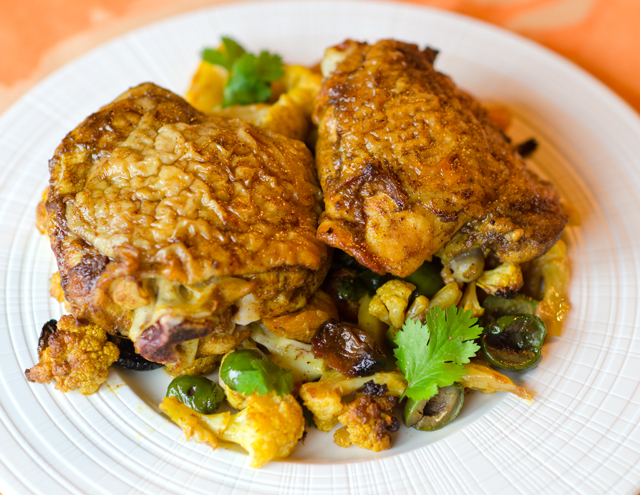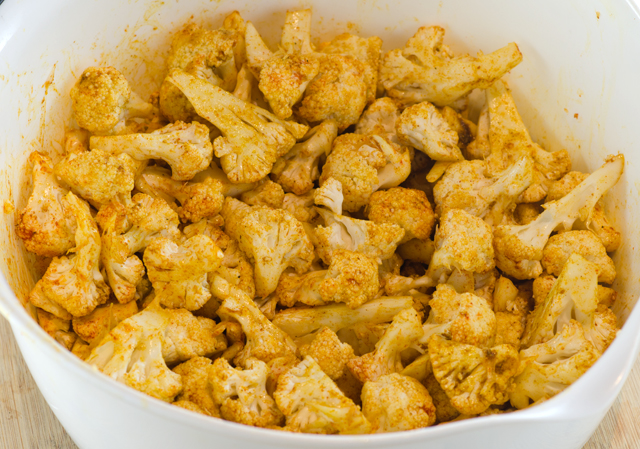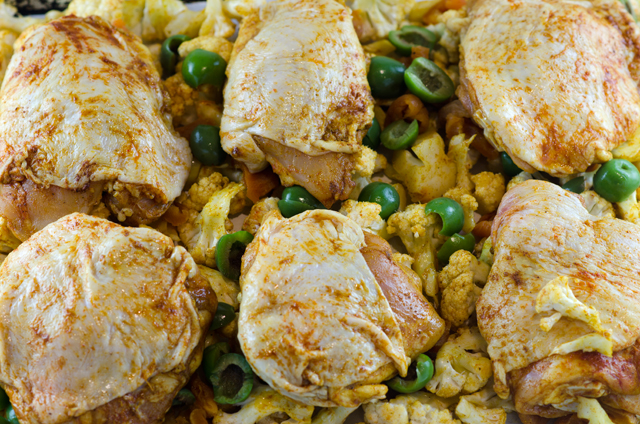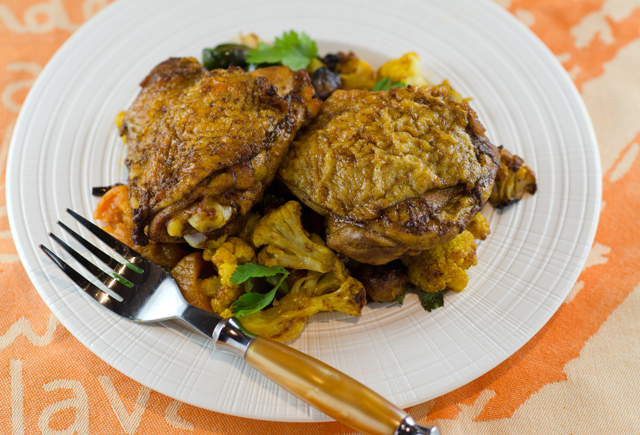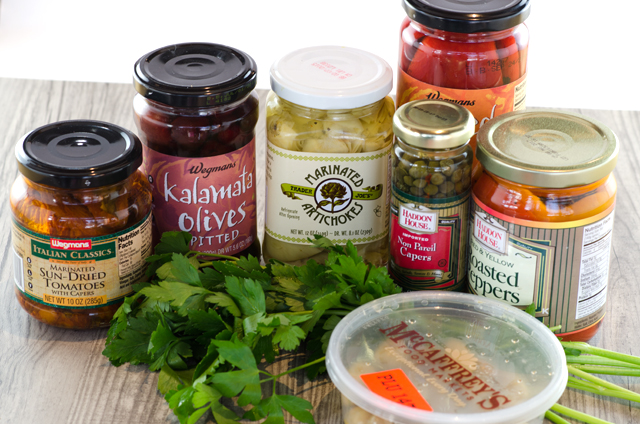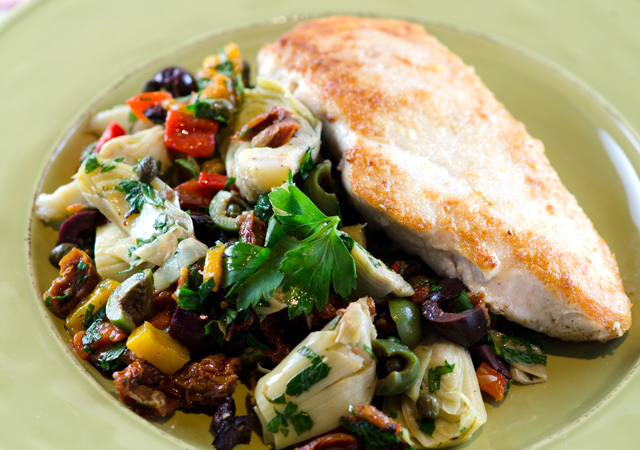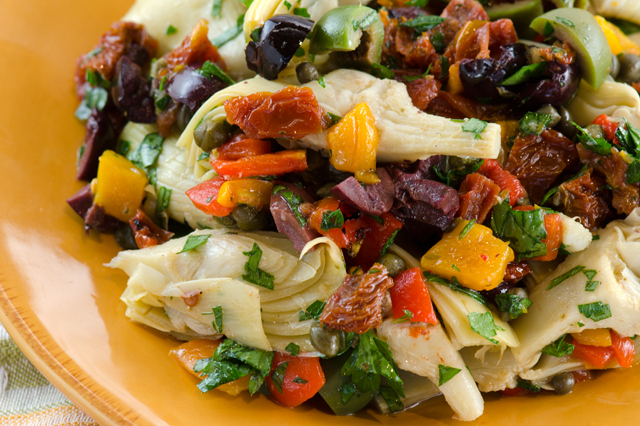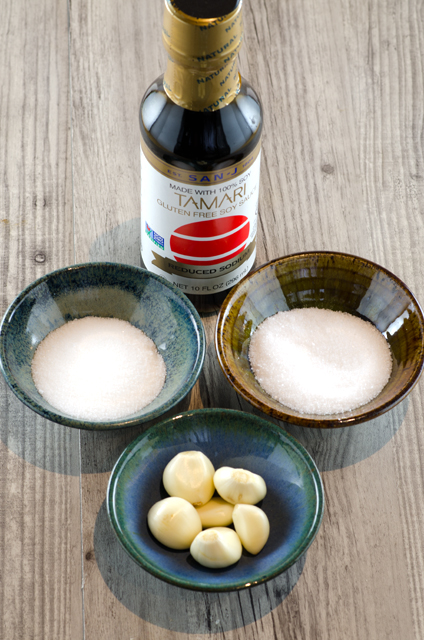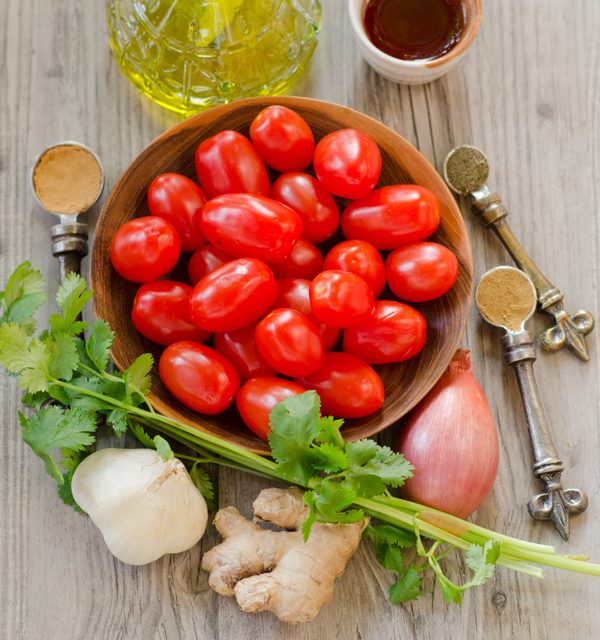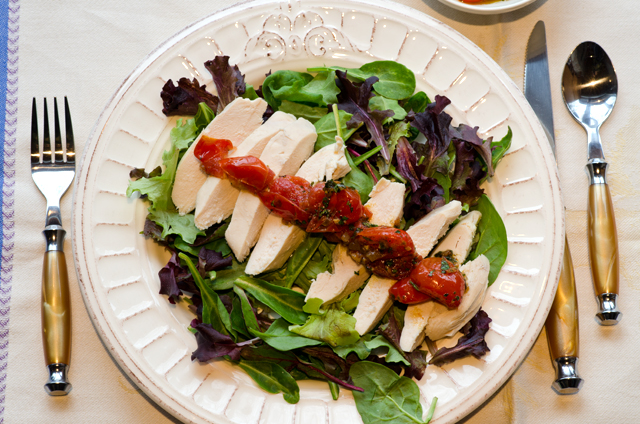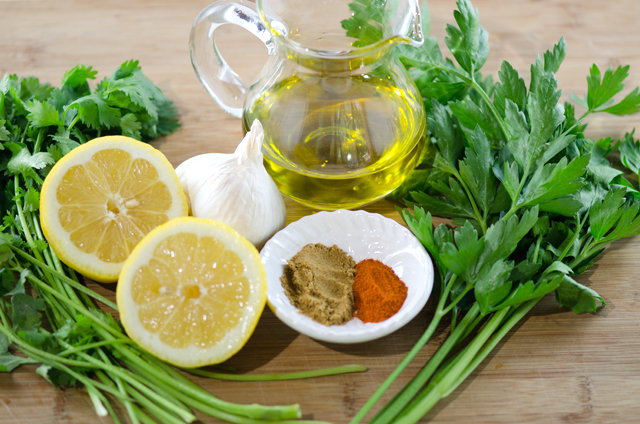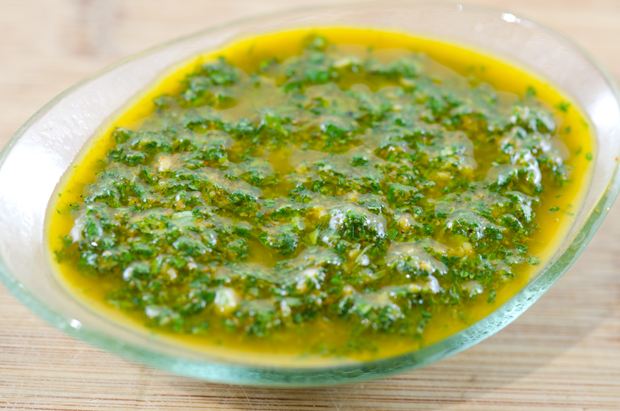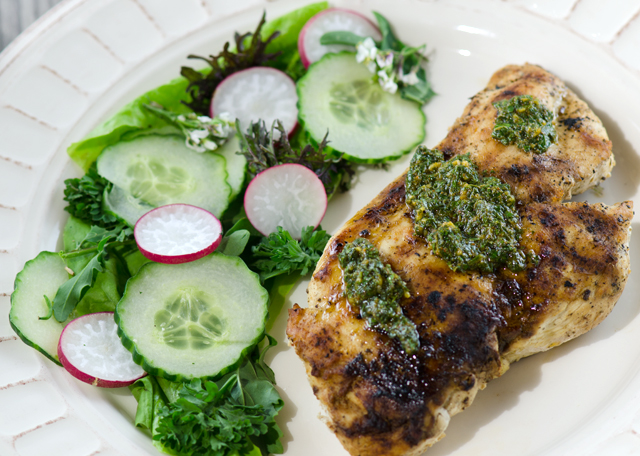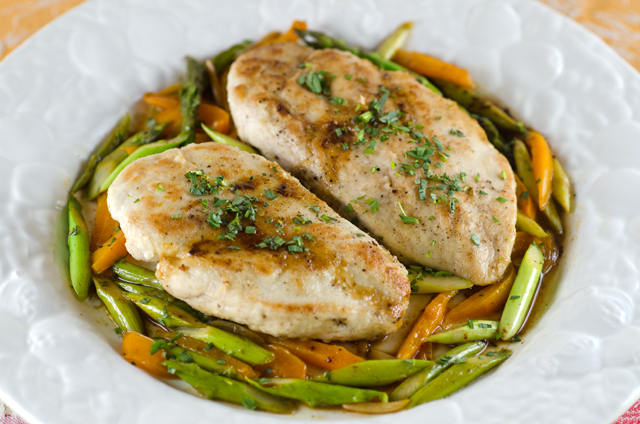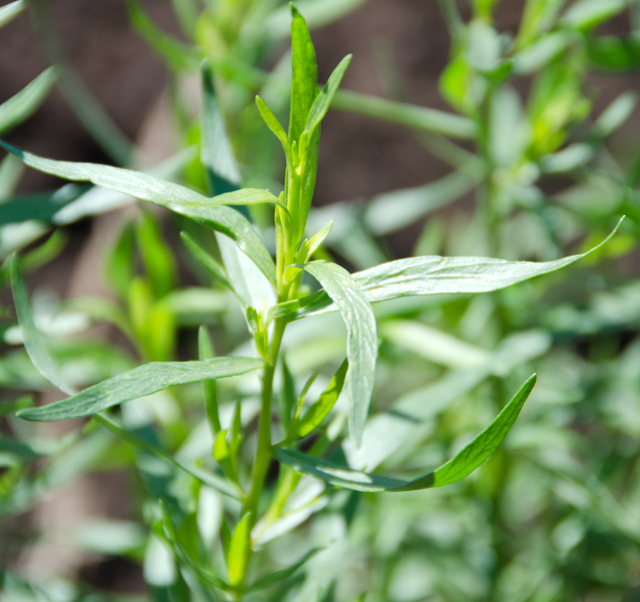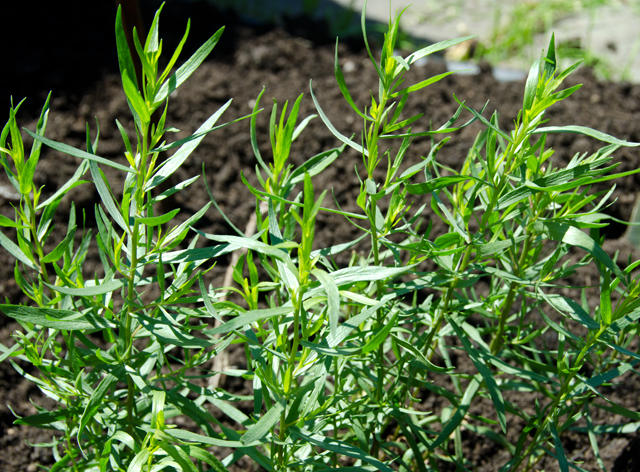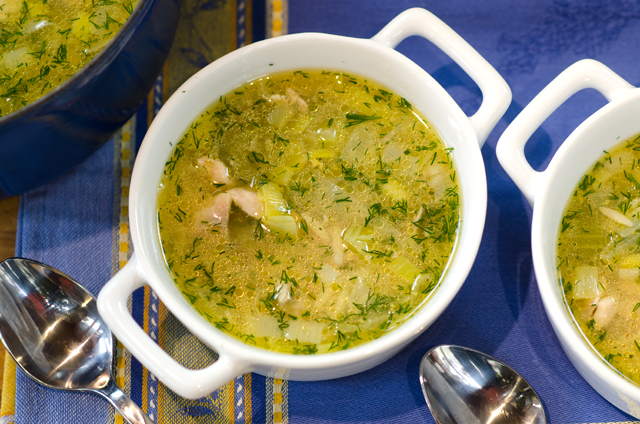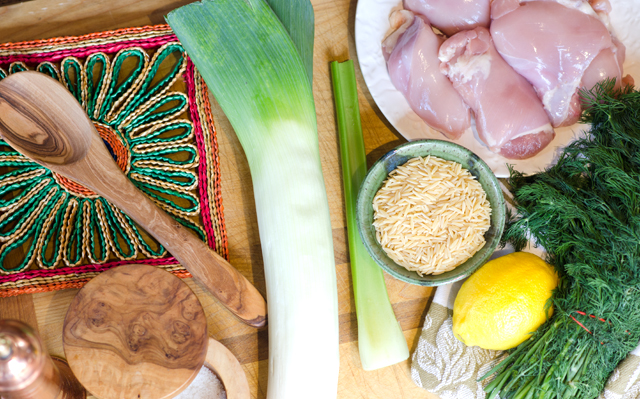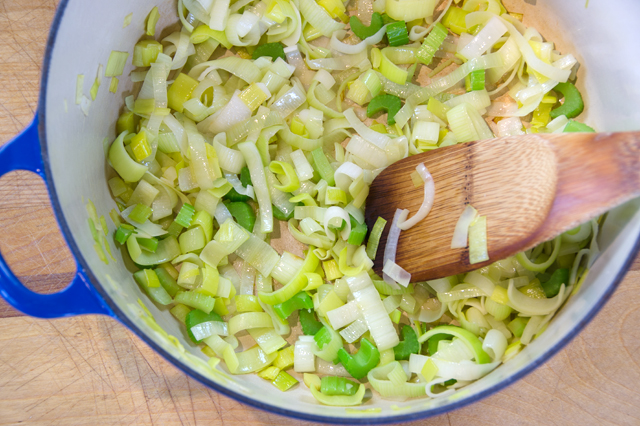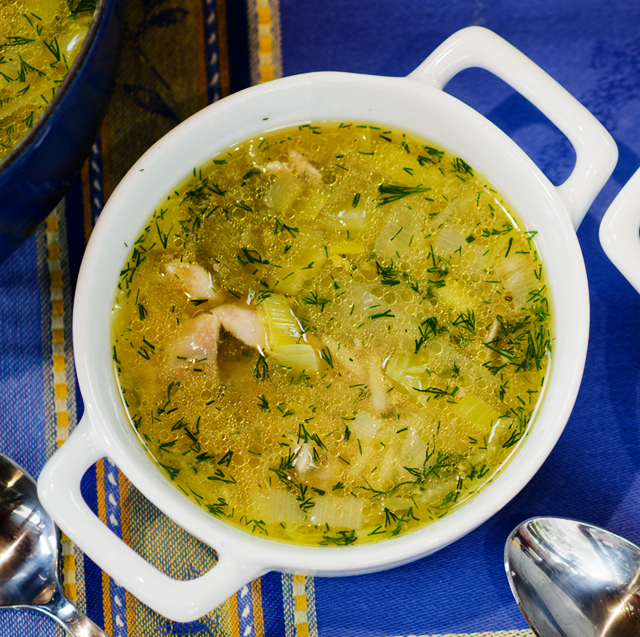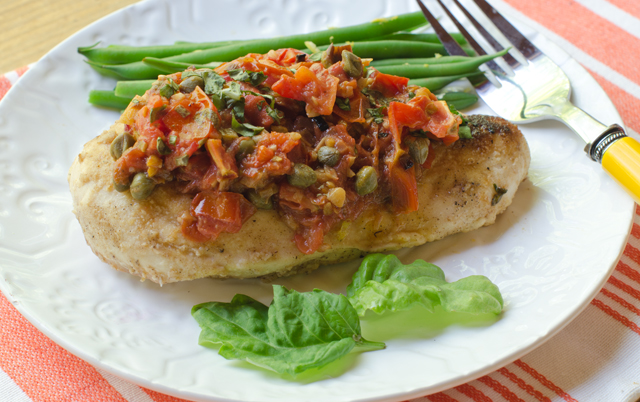 Boneless skinless chicken breasts, the little black dress of dinnertime. A sautéed chicken breast with a simple sauce can make a delicious quick dinner or has the potential to turn into a dried out disaster. So it is very important to learn how to cook them properly. I’d like to share the method I’ve learned via Cooks Illustrated magazine that will provide excellent results every time.
Boneless skinless chicken breasts, the little black dress of dinnertime. A sautéed chicken breast with a simple sauce can make a delicious quick dinner or has the potential to turn into a dried out disaster. So it is very important to learn how to cook them properly. I’d like to share the method I’ve learned via Cooks Illustrated magazine that will provide excellent results every time.
The most important ingredient and foundation of the dish is the chicken. I use a chicken that is antibiotic and hormone free and not injected with water or other additives. My favorite brand is Bell and Evans, a little more expensive but definitely makes for a much better finished product.
The original recipe, written in 1993 called for the chicken to be rinsed under cool water. Research now shows that washing poultry can increase the risk of cross contaminating something else in your kitchen, the sink, countertops, utensils etc. So it’s best just to pat the chicken dry. The flour will adhere better and any bacteria on the surface of the chicken will be killed when you cook it.
Remove any fat, gristle or small pieces of bone from the chicken breasts. If the tenderloin is still attached, remove for another use. The chicken breast needs to be dried thoroughly on all surfaces with paper towels. Salt and pepper then lightly flour both sides of the breast before cooking. The flour produces a moisture barrier so the fat spits less and the chicken develops a browned crispy crust.
When you are ready to make the recipe, the whole procedure takes less than 10 minutes. It’s important to have all the ingredients, including the components for the sauce ready to go. The French have a phrase for it, mise en place. I have all the ingredients measured out in small bowls in the fridge until it’s time to cook. The only thing I would wait to do until the last minute would be to dry the chicken breasts. There is only a quarter cup of flour to coat four pieces of chicken and have found I use less than half of it. If you are gluten-free you could substitute a combination of rice flour and cornstarch or a nut flour. Working with one cutlet at a time dip it into the flour and evenly coat.
Turn your oven to the lowest setting or turn on the heat lamp above your stove. I have a commercial style cook top and have found I need to use a little more oil and butter to cook the chicken breasts than the original recipe. Place the chicken breasts tenderloin side down in the sizzling oil and butter combination. Set your timer for four minutes. Flip them over and cook on the second side for about three minutes, move to a plate and keep warm.
Add shallots to the pan, and sauté until soft, next add the garlic and tomatoes and cook until the tomatoes are juicy. When I am not using tomatoes from our garden I like Campari tomatoes. They have an excellent texture (read not mealy) with the right balance of acid and sweetness. They are considered a cocktail tomato, a little bigger than a cherry tomato but smaller and rounder than a plum. The original recipe called for seeding the tomatoes, I chose to skip that time consuming step. Add the wine or vermouth and the capers and boil until the sauce is thickened. Stir in chopped basil and salt and pepper to taste. The result? A chicken breast that is nicely browned on the outside with a tender and juicy interior with a delicious and easy sauce to accompany it.
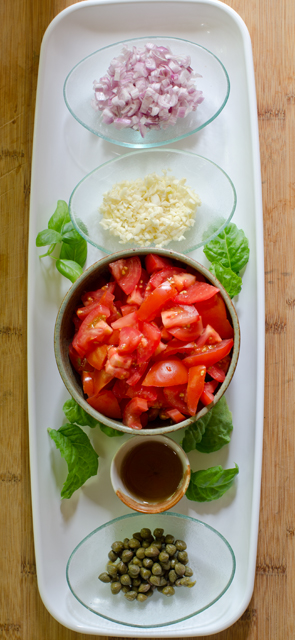
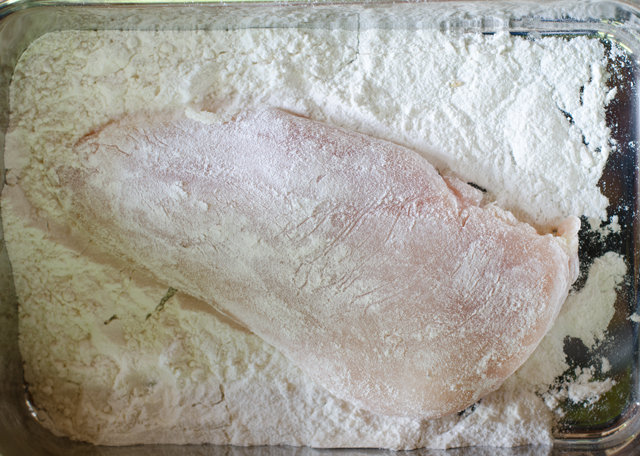
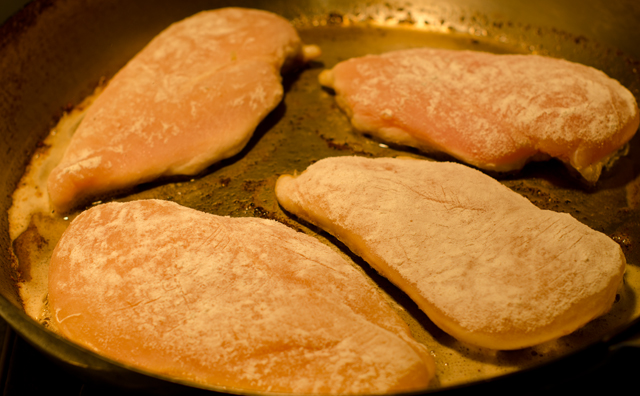
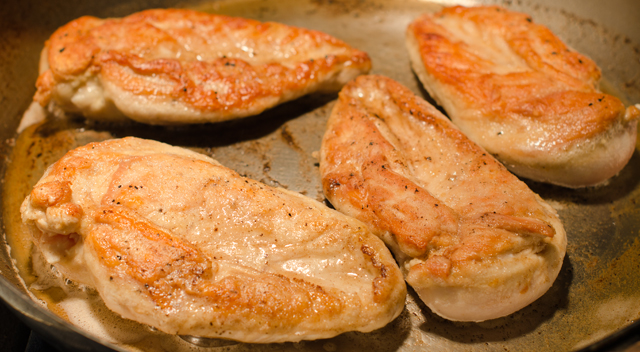
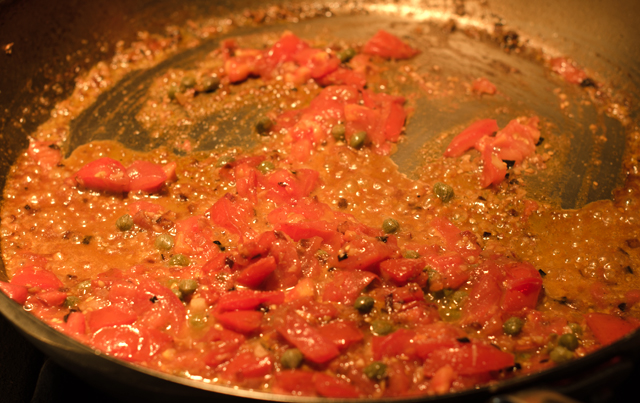
Sauteed Chicken Breasts with Tomato Basil Sauce with Capers
Serves Four
Ingredients
- 4 boneless skinless chicken breasts (about 1½ to 1¾ lbs)
- Kosher salt and freshly ground pepper
- ¼ c all purpose flour
- 2 T unsalted butter
- 2 T vegetable oil
Directions for cooking the chicken
- Dry the chicken thoroughly with paper towels and sprinkle 1 teaspoon salt and ½ teaspoon pepper on both sides of the cutlet.
- Measure flour into a pie plate or similar container. Working with one cutlet at a time, press both sides into flour.
- Heat butter and oil in a 9 inch or larger heavy skillet until the butter has foamed and has just started to take on color. Place the cutlets in the skillet, tenderloin side down.
- Keep the skillet on medium high heat, reducing heat if it starts to smoke. Saute the cutlets for 4 minutes on the first side, using tongs, turn to the other side. Cook for 3 minutes then remove cutlets to a plate and keep warm in an oven on the lowest setting or under a heat lamp.
Ingredients for the tomato basil sauce
- 1/3 c shallots
- 2 T chopped garlic
- 2 c chopped tomatoes
- ¼ c dry white wine or vermouth
- 2 T capers, drained
- 2 T shredded basil leaves
Directions for the tomato basil sauce
- Without discarding the fat, place skillet over medium heat. Add shallots and saute until softened, about 1 minute. Stir in garlic and then the tomatoes. Increase heat and cook, stirring frequently until the tomatoes have broken down and become juicy, about 2 minutes.
- Add wine, capers and any chicken juices from the plate. Boil sauce until it thickens, stir in herbs and season to taste with salt and pepper. Serve immediately.
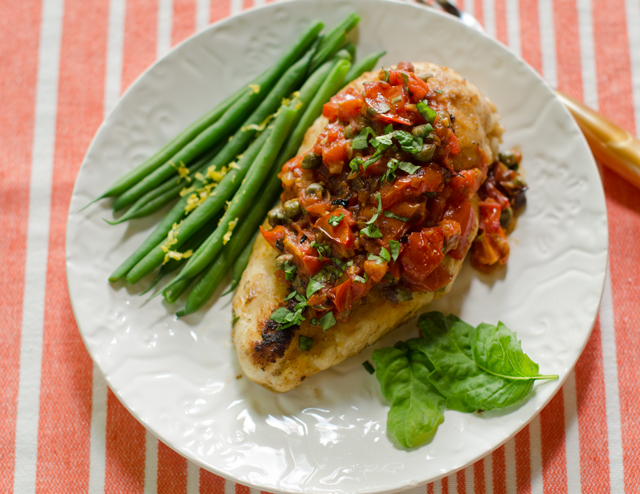
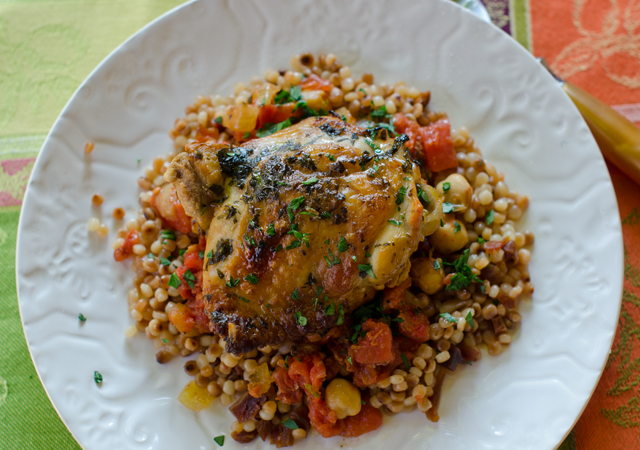 The slow cooker I received as a Christmas gift from my hubby has inspired me to look for new and great tasting recipes that utilize this handy appliance. Many of the recipes that interest me start with chicken thighs. They are an inexpensive cut of meat, full of flavor and hold up well to slow cooking. This easy to assemble chicken stew gets great flavor from smoked paprika, oregano and just a dash of saffron. The original recipe from
The slow cooker I received as a Christmas gift from my hubby has inspired me to look for new and great tasting recipes that utilize this handy appliance. Many of the recipes that interest me start with chicken thighs. They are an inexpensive cut of meat, full of flavor and hold up well to slow cooking. This easy to assemble chicken stew gets great flavor from smoked paprika, oregano and just a dash of saffron. The original recipe from 